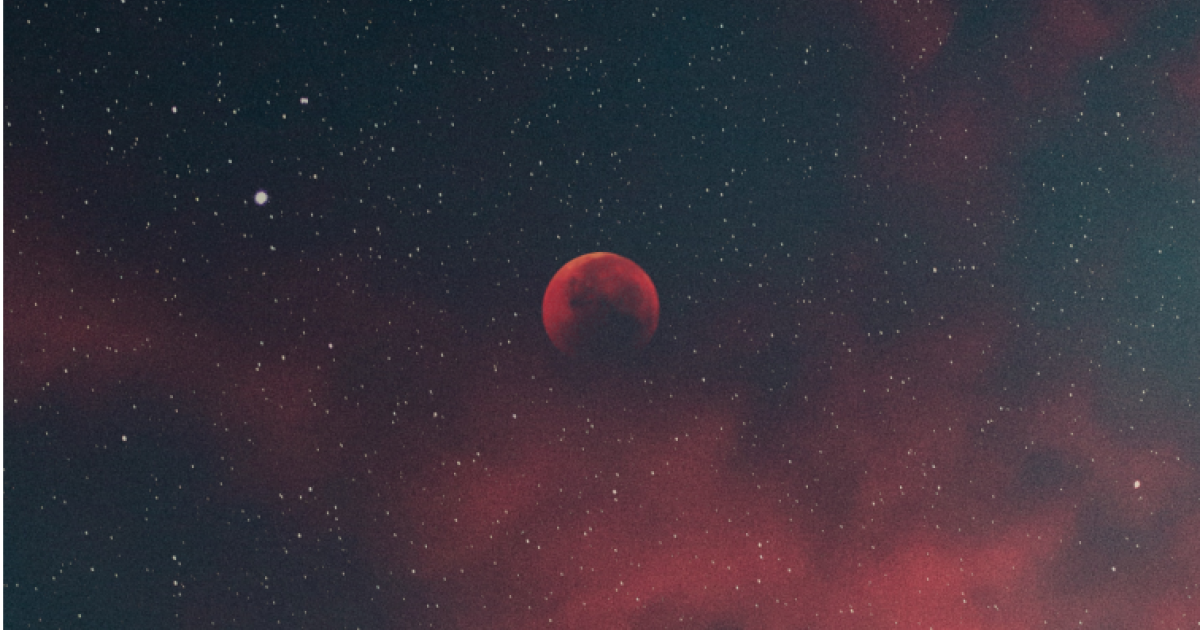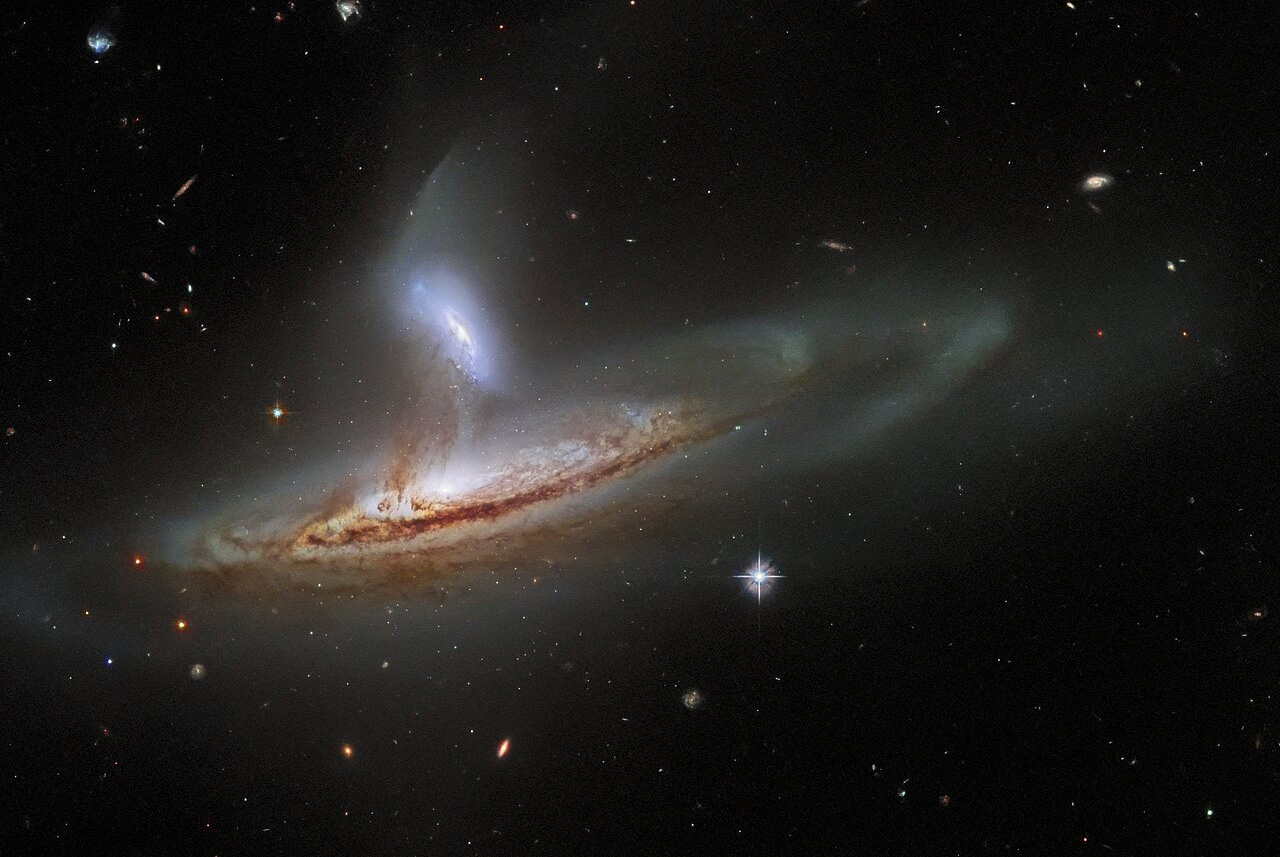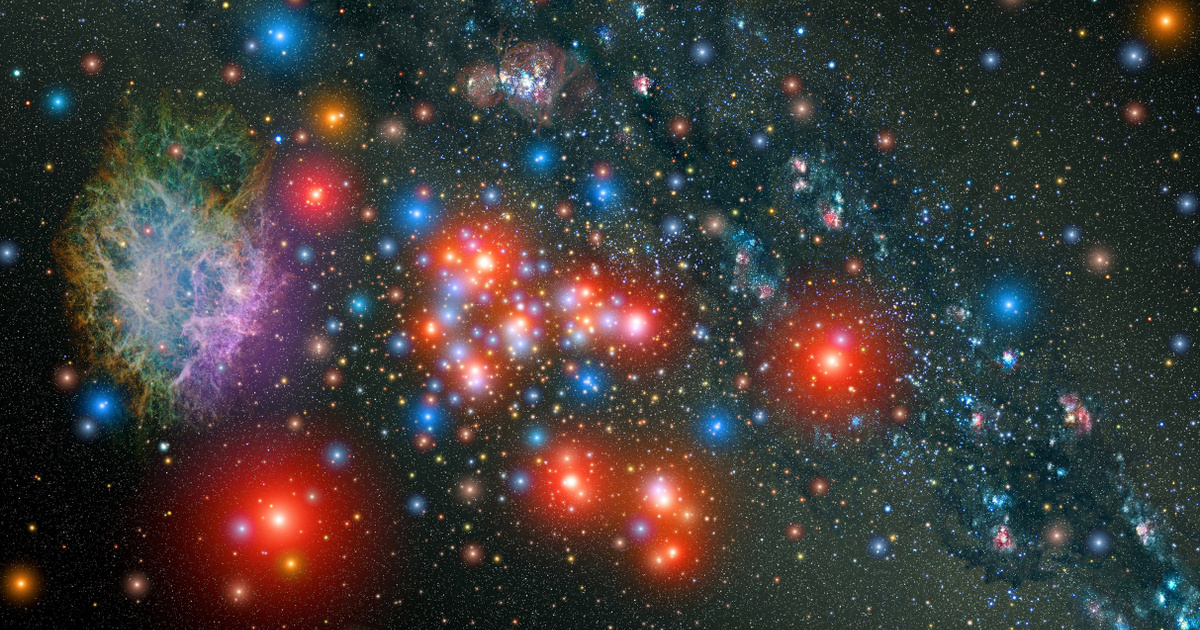Hydrogen is the most common element in the universe, mostly found in the atomic state or plasma, but their properties are very different from molecular hydrogen. In the case of plasma, the hydrogen electron and proton are not connected, which results in an extremely high electrical conductivity and high emissivity – this is what gives, among other things, the light of the Sun and other stars.
Charged particles are strongly affected by magnetic and electric fields. For example, in the solar wind they interact with Earth’s magnetosphere, producing the Birkeland currents and the aurora borealis. As is IFLScience It has also been reported that, when atomic hydrogen undergoes a quantum state change, it can emit special light, which astronomers call the 21 cm line: because the wavelength of light is 21.106 cm, or 8.28 inches. All of this is important because researchers have used this light to discover the most distant galaxy yet.
A hydrogen atom consists of a proton and an electron, which in itself is not a very exciting configuration, but elementary particles also have a quantity called spin or intrinsic momentum (in other words, intrinsic momentum), which is one of the components of quantum mechanical particle momentum. The other component is orbital spin, which is the quantum mechanical equivalent of spin known from classical mechanics and characterizes the spatial spin motion of particles, but in this case it is a neglected factor.
The least energy is emitted from the elementary particles when the two particles’ spins point in opposite directions—however, the particles may interact with other matter, and there is a possibility that the spins may spin in the same direction. As a result, energy is released, and this energy, this radiation, is exactly what astronomers were looking for and are still looking for today.
They have seen me farther than ever
The previous record holder emitted these radio waves 4.1 billion years ago, but now Indian Institute of Science colleagues have managed to capture a line 21 cm from 8.8 billion light-years away, more than twice the previous distance.
Photo: Swadha Pardesi/IISC
As they explain in their study, the detection of radiation is made possible by the existence of something called gravitational lensing – a galaxy 1.8 billion light-years away from space-time by magnifying the visible objects behind it, in this case about thirty times.
The exact distance from which the signal reaches was also measured by its color. Due to the expansion of the universe into cosmic distances, the light from objects shifts towards the red part of the visible light spectrum, which in short and succinct means that the farther away we are from something in the universe, the redder we see. . Thanks to this, among other things, they were able to estimate the amount of hydrogen that may be present in the galaxy. As it turned out, its size is equivalent to 900 billion suns, which is a very large number.
The full study Click here They can read it.
(Cover Photo: Universal History Archive/Getty Images)












































